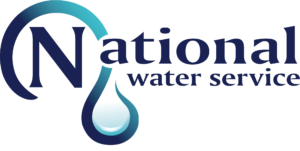Best Place Install Tankless Water Heater
A tankless water heater is an energy-efficient means to provide hot water when demand requires. It does not warm up gallons of water when there is no need for hot water. Instead, it heats the water on demand without any need for storage – making it extremely pocket-friendly in the long run.
That being said, the cost of installing a tankless water heater is more expensive than that of a tank heater. So, it is best to determine your installation location beforehand, rather than switch positions because you aren’t sure about your safety after installation is complete.
Here are some considerations that will help you make a decision about your water heater installation location.
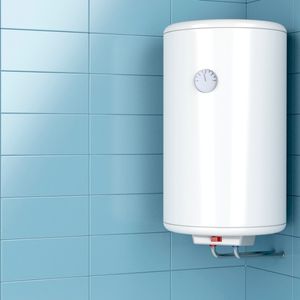
Allow for Venting space around the water heater
First off, you must ensure that your chosen installation area has enough space to allow your tankless water heater not to be cramped or obstructed by items that would make it difficult to operate.
Water heater accidents may be rare but one of the most common causes of heater explosions is the formation of carbon monoxide, which can lead to combustion (more on that later).
Every water heater generates CO2 and this gas is usually able to exit your house without any issues. But if the area around the heater is cluttered, the gas will build up and surround the heater and won’t take long to turn into fire.
Keep your water heater away from outside elements
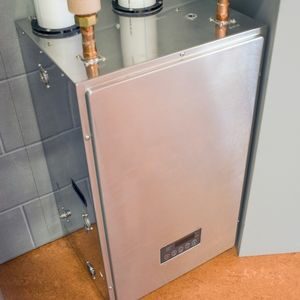
Finally, you should install it away from areas that are prone to dust particles and debris to ensure that its performance remains optimum and unaffected. This is also one of the reasons why outdoor tankless water heaters don’t perform well if not maintained properly, especially in winter as they are often found freezing up.
Professional water companies in Maryland can help you determine which locations in your home are safest for your tankless heater installation.
Reduce Exposure to combustible objects when completing the water heater install
As mentioned before, carbon monoxide build-up is known to cause fires. Yet, people often make the mistake of putting their tankless water heater too close to combustible objects in close areas, such as a bathroom or kitchen.
The further away the flammable material is from your tank, the more time it will take for a major disaster to occur and you will have enough time to act on the situation if an accident occurs.
As experts, we recommend homeowners install their tankless water heaters in an insulated garage or an empty spare room where there is ample space for ventilation and less exposure to combustible items.
Water Heaters should allow Ease of servicing
Any heater – whether it is a tank gas heater or an electric tankless water heater – requires servicing at regular intervals. And failure to maintain the system could result in a number of issues later down the road.
Therefore, your tankless heater should be installed in a place where it can be easily accessed for repair and maintenance purposes by professional water companies.
Temperature around the tankless water heater
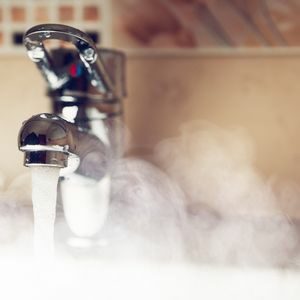
When it gets extremely hot outside, you can end up damaging the parts within the tankless water heater if it has been exposed for too long. Cold weather is also not ideal for installing the heater as it can make your heater freeze up and cause it to work twice as hard to produce hot water.
Safe to say, you need to strike a balance between the temperatures you allow your heater to be exposed to.
Remember: State building codes
Some state and local building codes require the water heater to be installed in a specific place. The building codes and regulations can vary by city and sometimes even by neighborhood as every administration has unique rules to ensure security.
You can generally find this information in your local building codes guide or simply check with your building inspector before proceeding. Local water companies who are familiar with your area can also assist.
Ultimately, your decision would depend on personal preferences and the code requirements of your state and local municipality.
Distance from the demand areas
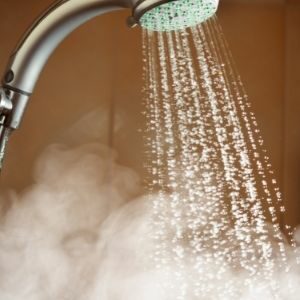
Since the water will have to travel longer to the demand areas (where the hot water will be used) immediately after the heater is turned on, it will cool down sooner. To combat that, your appliance will need more energy to keep the water hot longer, which will increase your energy bills.
Think about where you will need hot water the most and how frequently when determining the installation area of your tankless water heater.
Source of energy
If you are installing a larger thermostatic or tankless water heating system, make sure your electrical source can accommodate it. This is especially important if you are using electric water heaters.
The average electric heater loses 2% to 6% of energy during transmission. And the longer the travel route, the more energy you will lose – which will make your appliance less efficient.
Keeping the appliance close to the energy source as well as to the faucet, out of which the hot water will be released, will not only improve its efficiency but also give you hot water during each use.
